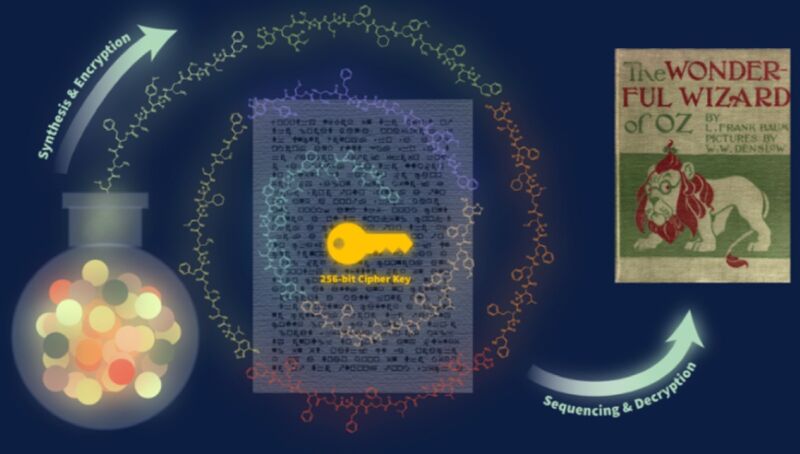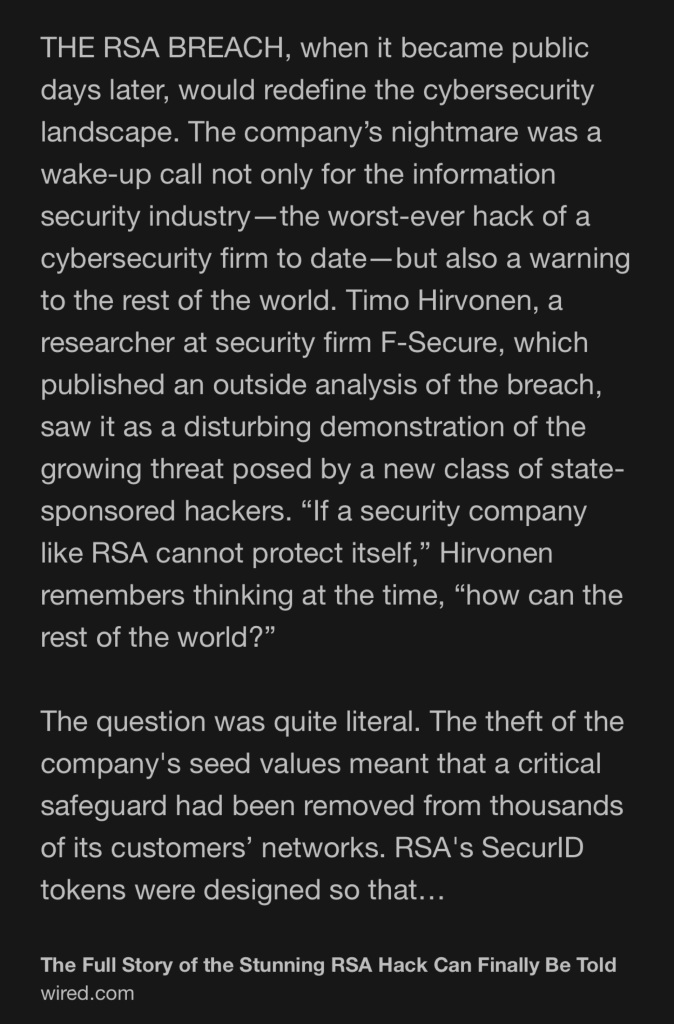
Testing TLS/SSL encryption anywhere on any port.
testssl.sh is a free command line tool, which checks a server’s service on any port for the support of TLS/SSL ciphers, protocols as well as some cryptography flaws on Linux servers, even it runs on macOS too.
It is also available in Kali Linux OS to test TLS/SSL encryption.
Key features
- Clear output: you can tell easily whether anything is good or bad.
- Machine readable output (CSV, two JSON formats)
- No need to install or to configure something. No gems, CPAN, pip or the like.
- Works out of the box: Linux, OSX/Darwin, FreeBSD, NetBSD, MSYS2/Cygwin, WSL (bash on Windows). Only OpenBSD needs bash.
- A Dockerfile is provided, there’s also an official container build @ dockerhub.
- Flexibility: You can test any SSL/TLS enabled and STARTTLS service, not only web servers at port 443.
- Toolbox: Several command line options help you to run your test and configure your output.
- Reliability: features are tested thoroughly.
- Privacy: It’s only you who sees the result, not a third party.
- Freedom: It’s 100% open source. You can look at the code, see what’s going on.
- The development is open (GitHub) and participation is welcome.
License
This software is free. You can use it under the terms of GPLv2, see LICENSE.
Attribution is important for the future of this project — also in the internet. Thus if you’re offering a scanner based on testssl.sh as a public and/or paid service in the internet you are strongly encouraged to mention to your audience that you’re using this program and where to get this program from. That helps us to get bugfixes, other feedback and more contributions.
Compatibility
Testssl.sh is working on every Linux/BSD distribution out of the box. Latest by 2.9dev most of the limitations of disabled features from the openssl client are gone due to bash-socket-based checks.
As a result you can also use e.g. LibreSSL or OpenSSL >= 1.1.1 . testssl.sh also works on other unixoid systems out of the box, supposed they have /bin/bash >= version 3.2 and standard tools like sed and awk installed. An implicit (silent) check for binaries is done when you start testssl.sh . System V needs probably to have GNU grep installed. MacOS X and Windows (using MSYS2, Cygwin or WSL) work too.
Installation
You can download testssl.sh branch 3.2 just by cloning this git repository:
git clone –depth 1 https://github.com/drwetter/testssl.sh.git
3.2 is now the latest branch which evolved from 3.1dev. It’s in the release candidate phase. For the former stable version help yourself by downloading the ZIP or tar.gz archive. Just cd to the directory created (=INSTALLDIR) and run it off there.
Docker
Testssl.sh has minimal requirements. As stated you don’t have to install or build anything. You can just run it from the pulled/cloned directory. Still if you don’t want to pull the GitHub repo to your directory of choice you can pull a container from dockerhub and run it:
docker run –rm -ti drwetter/testssl.sh <your_cmd_line>
Or if you have cloned this repo you also can just cd to the INSTALLDIR and run
docker build . -t imagefoo && docker run –rm -t imagefoo example.com
For more please consult Dockerfile.md.
Status
Currently in the release candidate phase for version 3.2. Bigger features will be developed in a separate branch before merged into a 3.3dev to avoid hiccups or inconsistencies.
Version 3.0.X receives bugfixes, labeled as 3.0.1, 3.0.2 and so on. This will happen until 3.2 is released.
Support for 2.9.5 has been dropped. Supported is >= 3.0.x only.
Documentation
- See man page in groff, html and markdown format in ~/doc/.
- https://testssl.sh/ will help to get you started for TLS/SSL encryption testing.
- For the (older) version 2.8, Will Hunt provides a longer description, including useful background information.
InfoSec tools | InfoSec services | InfoSec books | Follow our blog






![STORING YOUR DATA IN THE CLOUD by [Lursa Muuda]](https://m.media-amazon.com/images/I/513-WmQ1xCS.jpg)













